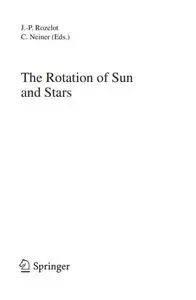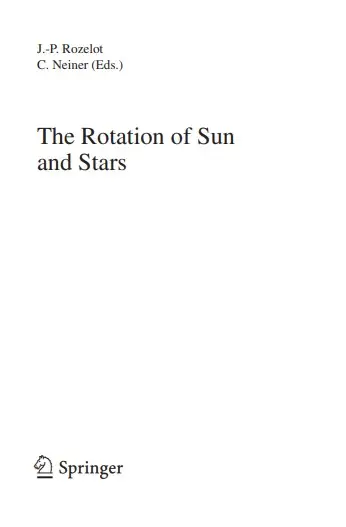The Rotation of Sun and Stars by Jean-Pierre Rozelot
English | PDF | 2009 | 266 Pages | ISBN : 3540878300 | 9.2 MB
The Sun and stars rotate in di?erent ways and at di?erent velocity rates. The knowledge of how they rotate is important in understanding the formation and evolution of stars and their structure. The closest star to our Earth, the Sun, is a good laboratory to study in detail the rotation of a G star and allows to test new ideas and develop new techniques to study stellar rotation. More or less massive, more or lessevolved objects, however, can have averydi?erent rotation rate, structure and history.
In recent years our understanding of the rotation of the Sun has greatly improved. The Sun has a well-known large-scale rotation, which can be m- sured thanks to visible features across the solar disk, such as sunspots, or via spectroscopy. In addition, several studies cast light on di?erential rotation in the convective zone and on meridional circulation in the radiative zone of the Sun. Even the rotation of the core of the Sun can now be studied thanks to various methods, such as dynamics of the gravitational moments and of course, helioseismology, through g-modes analysis. Moreover, the magnetic ?eld is strongly linked to the matter motions in the solar plasma. The solar magnetic ?eld can be measured only at the surface or in theupperlayers.Itistheproductoftheinternaldynamoorofthelocaldynamos if they exist – in any case magnetic ?eld and rotation cannot thus be separated.



